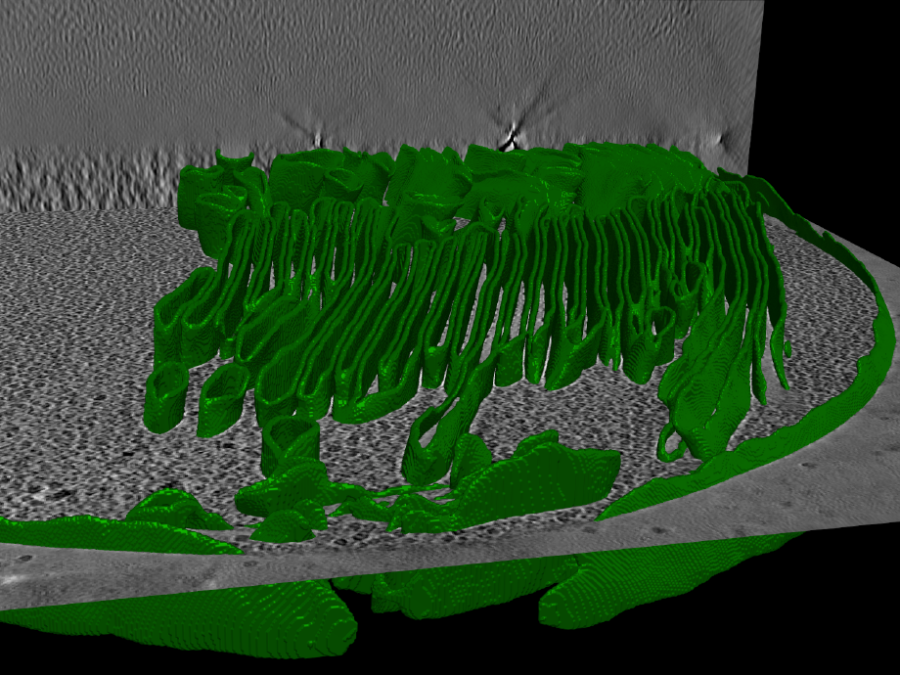Detecting Type-2 Diabetes in histopathological images for a better understanding of biological processes behind the disease

Type-2 diabetes is a chronic disease affecting about 500 million people worldwide. Despite extensive research over the last decades, exact biological processes leading to a deteriorating insulin production are not yet fully understood. By building models that are able to classify whether a patient has type-2 diabetes or not from whole slide images of the pancreas, we are able to use explanatory methods hinting at the locations the model uses for its prediction and therefore revealing morphological changes within the pancreas leading to diabetes.
Other Collaborations

Predicting Perovskite Thin-Film Photovoltaic Performance from Photoluminescence Videos
Photovoltaics are a key technology to decarbonize the generation of energy. While perovskite thin-films are a promising option to build powerful next generation photovoltaics demonstrating high power conversion efficiencies, their manufacturing process remains unstable. We build a model that directly predicts the solar cell performance based on a video capturing the perovskite layer formation prior […]
Extracting clinically relevant parameters from real-time MRI images of fontan hearts
Obtaining accurate segmentations of the heart in real-time MRI allows a more realistic view on clinically relevant parameters, such as the stroke volume. Cardiac real-time MRI can assess diastolic filling under breath maneuvers or other cardiac load situations which potentially enhances diagnostics other than CINE breath hold cardiac MRI. Real-time MRI allows rapid acquisitions during […]